By H.K. Shivananda, IAS (Retd.)
Mysore, now Mysuru, is always my first love. After my retirement, I wanted to settle down here peacefully. The natural temptation of spending my leisure time with grandchildren overruled my desire and I stayed back in Bangalore, now Bengaluru. It is a regret I carry even today.
My tryst with Mysuru goes back to 1946 when I went there to see Dasara as a schoolboy. At that time after the culmination of the Vijayadashami procession at Bannimantap, the Jumboo Savari used to come in a return procession to Mysore Palace via Ashoka Road.
We had a box-office view of the procession from the first floor of the then Bank of Mysore Building on the Ashoka Road-Irwin Road Junction as my relative was the Manager of that branch. With my fading memory, the grandeur of that procession in its heydays cannot be described now. For Mysureans it is a paradise lost.
Central Police Station Circle and Bank of Mysore
At that time, this Circle had only three majestic buildings 1. Central Police Station (now Lashkar Police Station), 2. General Post Office Building (now Head Post Office), 3. Bank of Mysore Ltd. Building (now SBI Building). The fourth corner where DCC Bank Building has come up now was a vacant site.
Bank of Mysore started on the initiative of Dewan M. Visvesvaraya in 1913 and was the most popular and well-known bank in the Princely State of Mysore. Next to the main branch at the head office in Bangalore, Mysore Branch located at this Circle was rated second in the State.
Its manager A.S. Mallappa commanded much respect and influence and was well-known in the social circle of Mysore in the 40s. He moved to Bangalore as Deputy General Manager. Along with B.V. Narayana Reddy, General Manager who had a long tenure, Bank of Mysore attained great heights under their leadership.
In 1960, it was nationalised and became a subsidiary Bank of State Bank of India under the new nomenclature State Bank of Mysore. In 2017, it lost its independent status and got merged with SBI and went into the pages of history.
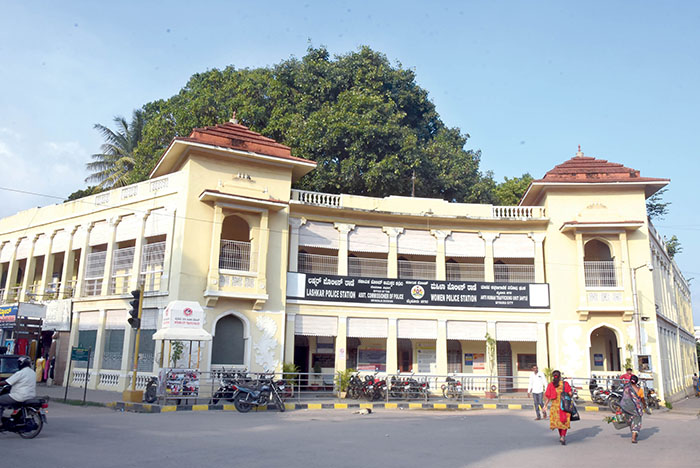
Maharaja’s College in 50s
I came to Mysore in 1954 to study at Maharaja’s College and passed out in 1958 with M.A. in Economics. During those days in old Mysore, one had to go to Central College Bangalore to study basic science subjects and Maharaja’s College, Mysore, for social science subjects.
Every Department had the best Professors. G.T. Hutchappa who came from a humble family and village background in Tiptur Taluk just then returned with a doctorate from New York University and was HoD in Economics Department for a long tenure.
Likewise, a native of Channapattana Taluk, Prof. Venkatagiri Gowda returned to Mysore in 1957 with a doctorate from the London School of Economics and taught us for one year. Subsequently, he moved out to Bangalore University for Professor and HoD post.
In four years, I saw three Principals at Maharaja’s College. The first year I had Prof. Purushottam of Philosophy as Principal and thereafter Dr. K.V. Puttappa (Kuvempu) as Principal till his elevation to VC’s post. Finally, I had C.D. Narasimhaiah as Principal.
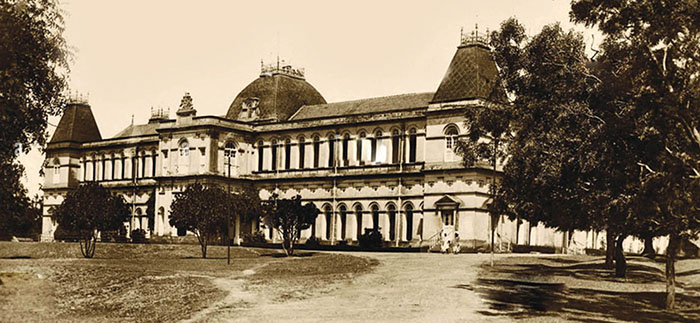
C.D. Narasimhaiah, who studied at Cambridge and returned to Mysore, became a professor of English at the age of 29 and as Principal he introduced several good practices of Cambridge, including the tutorial system.
The big open area in front of the College was barren with an uneven surface. Using the students in social service camps, he converted it into a good garden with Tennis Court in the middle. It is a pity that a man of his eminence, stature and erudition was denied the post of VC at Mysore University.
Dr. D.M. Nanjundappa, who worked in senior positions in Karnataka Government, was doing his doctoral studies at that time with GoI scholarship. The University Library on Maharaja’s College campus was a second home to him and he was a role model to many youngsters.
Two of my classmates at Maharaja’s College during those four years studying in other Departments and with whom I had no occasion to speak even once, rose to great heights and became nationally/internationally known and now I claim with pride they were my classmates.
One is Dr. S.L. Bhyrappa, the great Kannada novelist of our times. He was a student of Philosophy and was well-known during those days mainly because he participated in inter-hostel and inter-college Kannada debates where most of the time he was the winner. I still remember his debating skills and the powerful arguments he could present for or against any subject in debates held in the iconic Junior and Senior B.A. Halls of Maharaja’s College.
All his novels are too well-known and it is difficult to say any particular novel of his is a magnum-opus. For people like us, his “Vamsha Vruksha” literally reconstructs the time we spent in Maharaja’s College and its surroundings, Mysore and Nanjangud. I salute him for keeping that atmosphere and memory green to us throughout this book.
My other classmate was Narayana, who studied English literature and later taught English at Karnatak University, Dharwad. After many years, I saw articles and authoritative commentary on Indian Epics and Puranas, etc. in Kannada newspapers and discourses at several places by one Narayanacharya. It took some time for me to know that this Narayanacharya is none other than the Narayana of our times. He passed away a few years ago.
[To be continued]
The author is a former Administrator, Mysuru City Corporation (MCC) and former Director, Administrative Training Institute (ATI), Mysuru. Presently, he lives in Bengaluru.



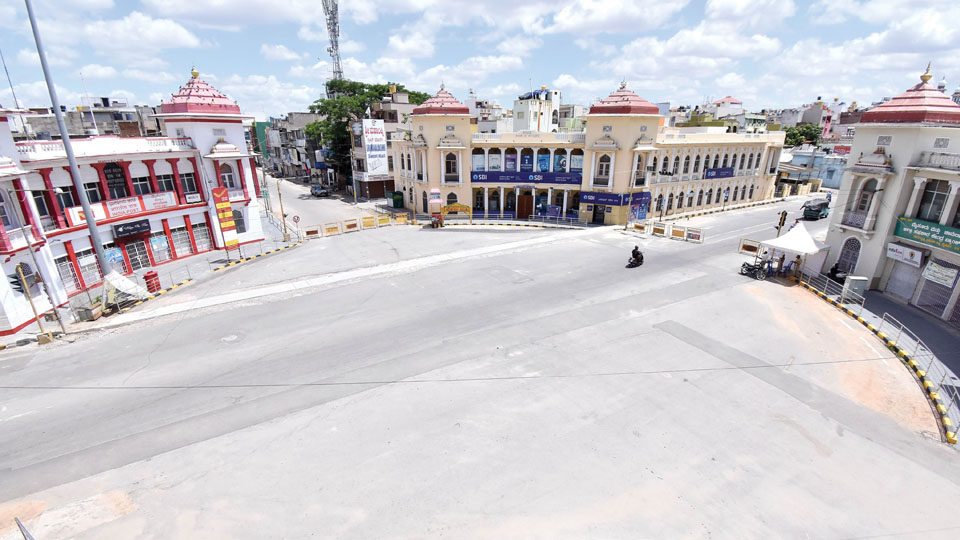
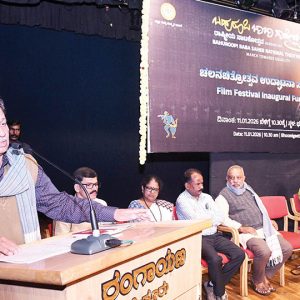
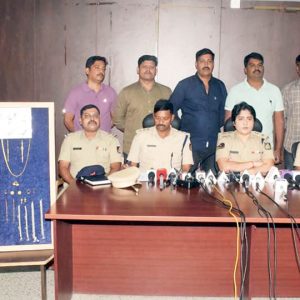
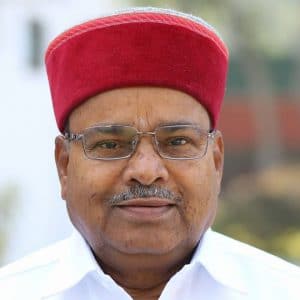
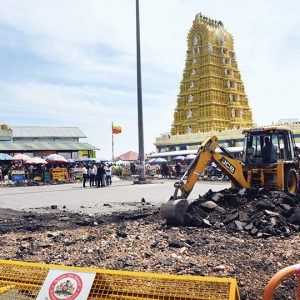
Maharaja’s college in 1950s was the abode of casteism in 1950s.
Hutchappa and Venkatagiri Gowda were examples of professors promoted on the basis of their caste. Yes, they had PhDs, and one wondered whether these PhDs were fakes! They were that bad!
The only shining star apart from Kuvempu, was CD Narasimhaiah, very good in his area of English literature.
Mysore was then a small city. The only issue was it did not have a postgraduate college in sciences-that credit went to the Central College , Bangalore.
Mysore was beautiful and calm, but the young who wanted to do postgraduate studies in science and engineering had to go to Bangalore, which had the IISC .
Had goosebumps reading this post about old Mysore. For us present generation, it is rare that we come across such anecdotes and I really wish all such anecdotes and info could be compiled together. Thank you for sharing this!!
@Lakshmi
This author primarily writes about Maharaja’s College of 1960s, rather than earlier 1950s. By early 1960s, this College degenerated in to the political dynamics of looking at the castes of people who applied to join as academics, and favoured students who came from the so called backward castes. The author’s list of professors except Kuvempu and CD Narasimhaiah , who were brilliant on their own right, the others mentioned were all promoted because they belonged to so called backward castes.
From what I heard from my parents’ generation was that the Maharaja’s College was the best in 1940s and until mid-1950s, when merit alone counted for the recruitment of professors and students. Professors like Radhakrishnan, later the president of India, and JC Rollo, the English Professor from Britain were the shining stars of this College.
One should remember, this Maharaja’s College had only degrees and postgraduate courses in Humanities subjects, which did not have much attraction , employment-wise, as India needed scientists and engineers by then.
At the same time, the neighbour, the Yuvaraja’s College, which had courses up the Intermediate, and then expanded into degrees, was focused on sciences, and had too very good academics. The pity was, it should have been upgraded into a postgraduate college, to prevent their good students leaving to study at the Central College, Bangalore, for their Hons and masters degrees.
I would rather hear from some one who studied under Radhakrishnan and JC Rollo-like my parents’ friends did. Alas, they are no more!
I wish authors like this, also draw attention to the Central College , Bangalore, which had a very distinguished history. Its red buildings, , characteristics of buildings of those days in Bangalore -Red bring buildings in England then was mainly for universities, which were of top calibre.
One cannot forget Bangalore of those days -1940s , 1959s, and even early 1960s, before its industrialisation on a massive scale. It was a very pleasant City for Learning, with the Central College leading the way.
@Lakshmi
This author primarily writes about Maharaja’s College of 1960s, rather than earlier 1950s. By early 1960s, this College degenerated in to the political dynamics of looking at the castes of people who applied to join as academics, and favoured students who came from the so called backward castes. The author’s list of professors except Kuvempu and CD Narasimhaiah , who were brilliant on their own right, the others mentioned were all promoted because they belonged to so called backward castes.
From what I heard from my parents’ generation was that the Maharaja’s College was the best in 1940s and until mid-1950s, when merit alone counted for the recruitment of professors and students. Professors like Radhakrishnan, later the president of India, and JC Rollo, the English Professor from Britain were the shining stars of this College.
One should remember, this Maharaja’s College had only degrees and postgraduate courses in Humanities subjects, which did not have much attraction , employment-wise, as India needed scientists and engineers by then.
At the same time, the neighbour, the Yuvaraja’s College, which had courses up the Intermediate, and then expanded into degrees, was focused on sciences, and had too very good academics. The pity was, it should have been upgraded into a postgraduate college, to prevent their good students leaving to study at the Central College, Bangalore, for their Hons and masters degrees.
I would rather hear from some one who studied under Radhakrishnan and JC Rollo-like my parents’ friends did. Alas, they are no more!
I wish authors like this, also draw attention to the Central College , Bangalore, which had a very distinguished history. Its red buildings, , characteristics of buildings of those days in Bangalore -Red bring buildings in England then was mainly for universities, which were of top calibre.
One cannot forget Bangalore of those days -1940s , 1959s, and even early 1960s, before its industrialisation on a massive scale. It was a very pleasant City for Learning, with the Central College leading the way.
Born, brought up, educated and employed for a while in Mysore, ,I agree with the above poster that the author of this article, articulates the Maharaja’s College of late 1950s and more likely, early 1960s. He forgets to at least mention the only engineering college that was flourishing in Mysore city at that time-NIE, which started to introduce mechanical and electrical engineering degree courses by late 1950s, whose first batch of students had to go to Bangalore, to do the 3rd and final year Lab work at the government engineering college ( now UVCE), which was also housed in the typical red building, the above poster mentions.
I also agree that the only 2 professors of Maharaja’s College, who were distinguished by any any standards were: Kuvempu and C D Narasimhaiah-in Kannada and English departments respectively, who were world class. By late 1950s, Kuvempu was laready the VC and created the Manasagangothri Campus for postgraduate education .
I also agree fully that casteism crept in heavily by that time across Maharaja’s and Manasaganthri campuses.
I would add to above 2 professors, Professor L Sibaiah ( his name was shortened concatenating his village name and his own name{Narasimhaiah!) the principal of the Yuvaraja’s College, who held the DSc degree awarded to distinguish scientific researchers. He was brilliantly knowledgeable in Physics. He was not used properly. Would have been a great physics professor at the Central College, Bangalore.
!950s Mysore, the author describes though calm and peaceful, was not good for aspiring students, as very limited opportunities in degree education, postgraduate studies and jobs were available.. Nehru government at that time expanded science and engineering education, and the industries coming up wanted young men and women with science and engineering degrees, particularly the latter, which Mysore was unable to provide.
Except the Dasara festivity, the Palace and the Chamundi Hill, which Bangalore did not have, 1950s Bangalore was a beautiful city-Nehru mentioned it as the Garden City when we met him as students of engineering degrees in New Delhi in early 1960s. Nijalinagappa, by locating the massive HMT, BEL and ITI industries neat the city destroyed it.
It is unfortunate that the writer who expressed his nostalgia to Mysuru at present stays at Bengaluru. He being a former senior bureaucrat could have used his good contacts to contribute his might if he were to be in Mysuru. I fully agree with few of the commentators who have come out openly with regard to casteism and the education background of two of the professors mentioned by the writer.